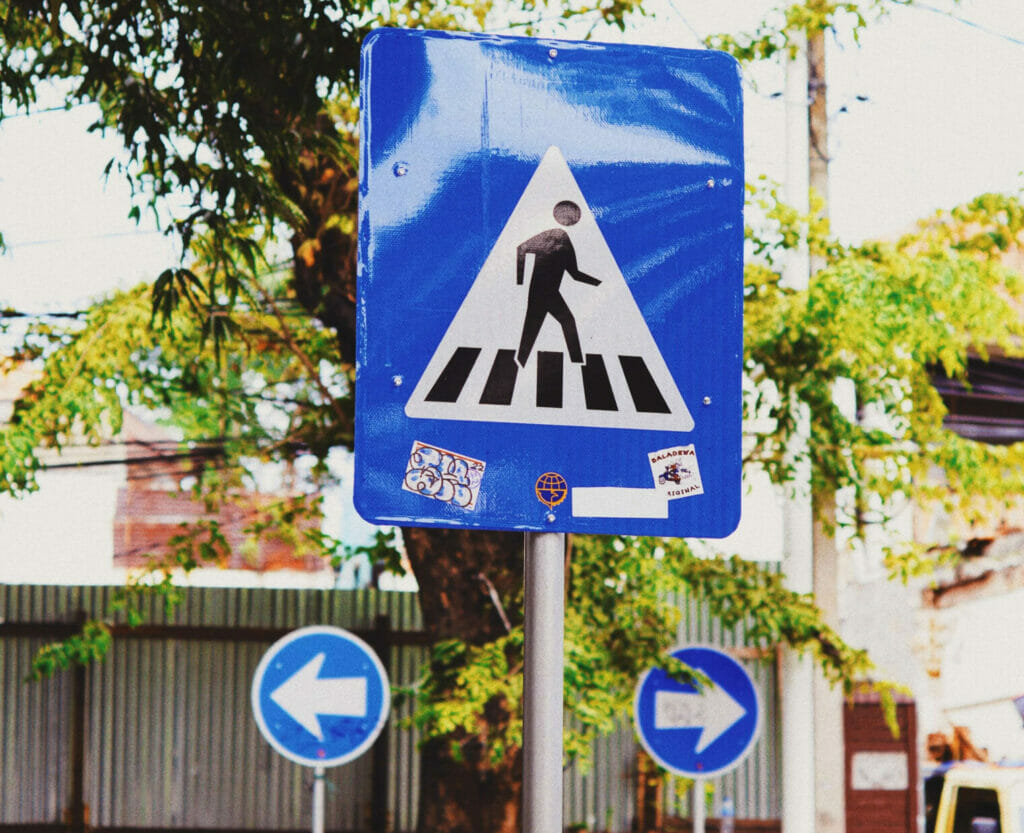Dr. Ron van Houten noticed that pedestrian fatalities in his community were out of control. He was determined to find a solution so that children could safely cross the street. His research demonstrated a few sources of the problem: drivers were speeding, failing to yield, and stopping too closely to the crosswalks. It was evident that large-scale behavior change for drivers was necessary.
“Everybody knows speeding is wrong and hitting people is bad, but there are still a record number of pedestrian injuries and fatalities,” van Houten said. Even though people do know right from wrong, we are subject to behaving in self-serving ways under certain pressures, like being late for work.
If people know better, but do the wrong thing anyway, how do you get them to do the right thing?
Dr. van Houten, who does groundbreaking work in road and transportation safety, applied basic behavioral principles and recorded an increase from 3% of drivers yielding to an astonishing 80%. He didn’t do this by changing people’s minds – he made changes to drivers’ worlds that helped them do the right thing regardless of momentary personal circumstances.

Making crosswalks easy to see from a distance

These triangles are placed before the crosswalk to signal the need to slow down for an upcoming crosswalk, with a clear, visible sign.

Public posting of data, with increases over time, encourages people to be part of the solution
Applied behavior analysis (ABA) is a scientific, data-driven approach to understanding, measuring, and changing human behavior and learning. ABA is distinct from other therapeutic disciplines because it focuses on:
- Changing individual behavior from the outside-in; making changes to the environment to encourage desired behavior with incentives, instead of working on changing thoughts, feelings, or beliefs
- Discovering the root cause of poor performance and eliminating barriers to success
- Defining behavior so that it can be reliably measured: ABA relies on data to demonstrate whether an intervention is working or needs to be modified
- Producing socially-significant outcomes that improve people’s lives, safety, and health
ABA is best known for its application to the treatment of behavioral disorders, but its principles are far-reaching and applicable to any behavior. ABA looks at the way an individual’s environment contributes to desirable and undesirable behaviors, and through changing aspects of that environment, produces positive behavior change. Examples of behaviors that can be improved by making environmental changes include sleeping, over- or under-eating, safe driving, cooperation, and many more.
Some additional examples of behavior change via environmental changes include:
- Reducing littering behavior by making trash cans easily accessible and visible
- increasing use of reusable water bottles by making refilling stations widely available
- Decreasing speeding by getting fined
- Incentivizing donations with tax deductions
- Encouraging sustained healthy coping with a contingency/reward system in prisons, rehabs
- Improving sleep by cutting down screen time and following sleep hygiene advice
- A class behaving well all month and being rewarded with a pizza party
You can probably think of several reasons why each of these needs encouragement. People generally don’t do the wrong thing because they’re bad people: it’s because the right thing requires some personal sacrifice of resources, whether time or labor.
ABA principles can also be implemented to effectively teach new skills, like coping strategies.



